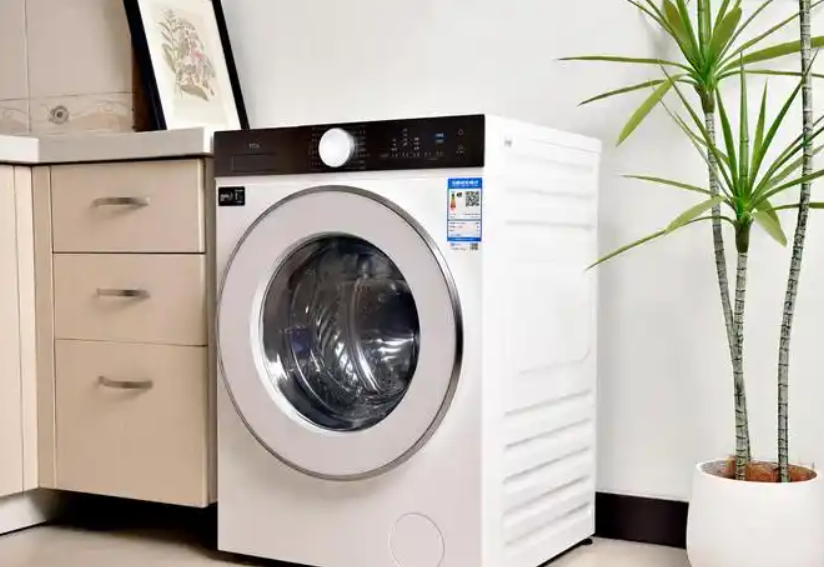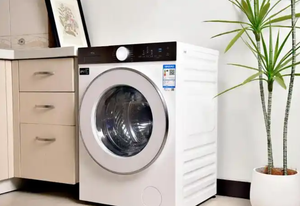
Detailed Explanation of Four Steps in Washing Machine Inspection: Inspection of Warehouses, Factories, Certification Services
As a necessary household appliance in modern times, the quality and safety of washing machines directly affect the user's experience and quality of life. To ensure that the washing machine products meet the industry standards and quality certification requirements, it is essential to establish a professional inspection process and testing system. This article will systematically introduce the inspection standards, testing methods and certification requirements for washing machine products, providing a complete quality control guideline for enterprises.
I. Appearance Quality Inspection Certification
1. Overall Appearance Certification
The overall appearance is elegant and well-proportioned, smooth and shiny, with harmonious colors and clear lines.
The surface of the box is free of scratches and the paint is hard and shiny.
The plastic parts have no warping deformation, burrs or sharp edges, nor any cracks or fissures.
There is no welding failure at the joint, and the fasteners are not loose.
2. Inspection of key components
Glass viewing hole: Smooth and transparent, without cracks or bubbles
Special inspection for top-loading washing machines:
The gap between the outer edge of the drum and the washing tub is uniform (can be tested with a coin)
The fixing screws of the pulley are firmly attached.
The rotation in both forward and reverse directions is flexible, without any abnormal noise.
II. Component Function Quality Inspection Certification
1. Internal Structure Inspection
The barrel is smooth and flat, with no manufacturing defects.
Gap between the pulley and the body of the bucket: 1 to 1.5 mm
The pulley rotates smoothly without any abnormal noise.
2. System Certification
The key switches operate smoothly.
The timer/program controller is operating normally.
The knobs, buttons and levers are easy to operate and firmly installed.
The function is correct, without any stalling or rebounding phenomena.
III. Performance Testing Certification
1. Basic Function Verification
Double-basin semi-automatic washing machine:
The wave motor operates normally in both forward and reverse directions.
Timed end buzzer alarm is accurate
The dehydration tank operates smoothly and stops immediately when the lid is opened.
Automatic washing machine:
Run according to the preset program.
The control of inlet and outlet valves is precise.
Special Certification for Drum Washers:
The program ran without any errors.
Display screen indicator light is correct
The drum amplitude is small during high-speed dehydration.
The motor operates with very low noise.
2. Safety performance test certification
Water intake system: The solenoid valve operates normally (judged by the vibration felt with the hand)
Insulation performance: During operation, there is no "tingling" sensation in the body.
Drainage performance: Drainage completed within 2 minutes
Brake system: The dehydration bucket stops rotating within 5 seconds after the cover is opened.
3. Waterproof and leak-proof certification
After filling with water, the washing bucket and the dehydration bucket show no leakage.
The drainage pipe is placed on the ground. After turning off the switch, there is no water flow.
The rubber strips sealing the door have good elasticity and no risk of leakage.
There were no abnormal noises or water leakage during the operation.
IV. Inspection and Certification of Attachments and Documents
1. Random Attachment Verification
Check the completeness of attachments one by one according to the instructions.
Test the integrity of each attachment's functions
Confirm that all the accessories are intact and undamaged.
2. Document Certification
The product manual is complete and clear.
The warranty certificate complies with the regulations.
Energy efficiency label is accurate and error-free.
All safety certification marks are complete.
V. Inspection and Certification Process Standards
1. Sampling Inspection Plan
Implement batch sampling in accordance with the AQL standard
Key safety projects implement a comprehensive inspection system.
Establish a complete quality traceability record
2. Test environment requirements
The test should be conducted under standard voltage conditions.
The water source pressure is within the normal operating range.
The ground is flat and well-ventilated.
3. Defect Level Determination
Serious Defect: Zero tolerance for safety-related items
Main defect: Quality issues affecting usage are strictly controlled.
Minor defect: The appearance flaws fall within the acceptable range as per the standards.
VI. Key Matters for Factory Inspection Certification
To ensure that the quality of washing machine products continuously meets the certification requirements, during the factory inspection process, the following key points need to be focused on:
Production line quality control: Establish key process inspection points
Calibration of testing equipment: Regularly calibrate testing instruments
Raw material management: Establish a supplier quality assessment system
Production process control: Establish standardized operation procedures
Personnel qualification certification: Operators must hold certificates to work.
分享这个商品

Detailed Explanation of Four Steps in Washing Machine Inspection: Insp
As a necessary household appliance in modern times, the quality and safety of washing machines directly affect the user's experience and quality of life.
